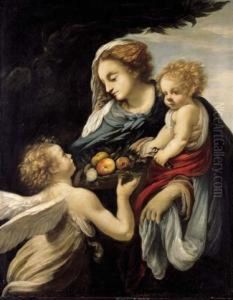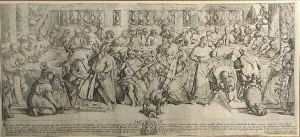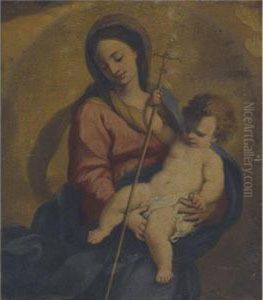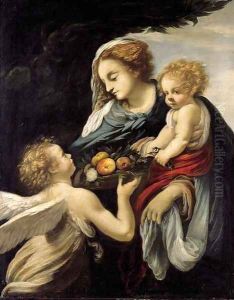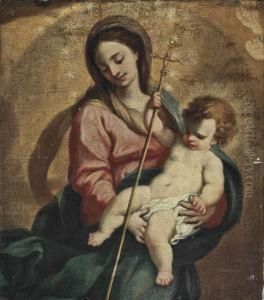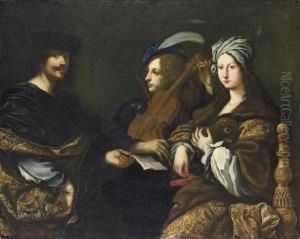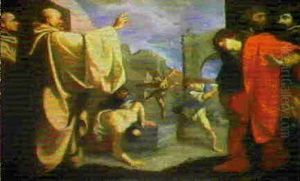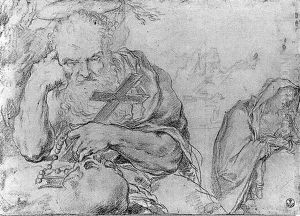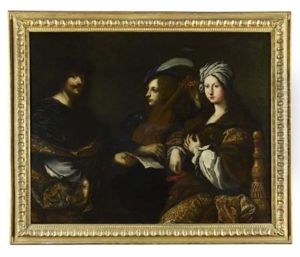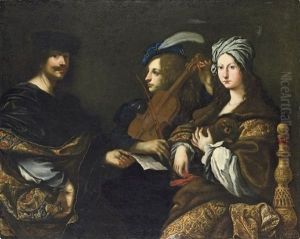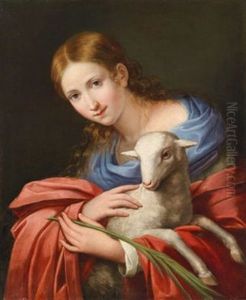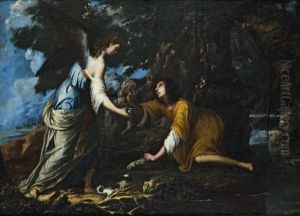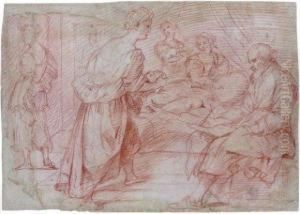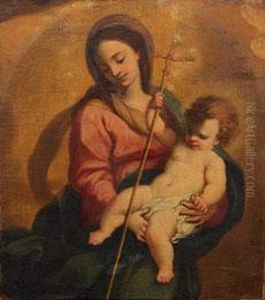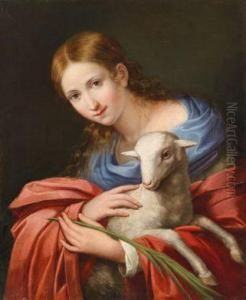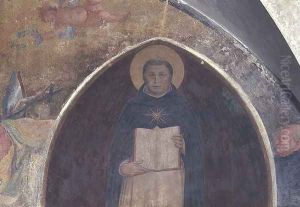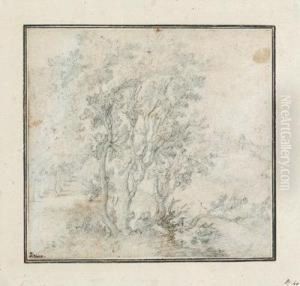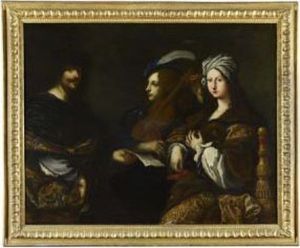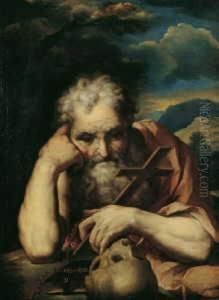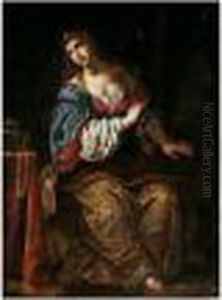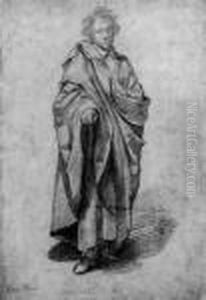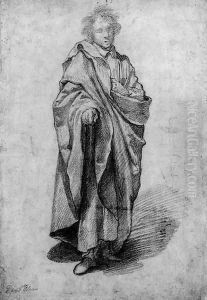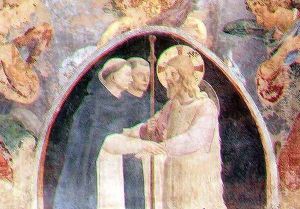Giovanni Battista Vanni Paintings
Giovanni Battista Vanni was an Italian painter and engraver of the Baroque period, born in 1599 in either Florence or Pisa. His artistic journey reflects the rich tapestry of 17th-century Italian art, showcasing his versatility and talent in both painting and printmaking. Vanni was part of a family deeply entrenched in the arts; his father, Francesco Vanni, was a notable painter, ensuring that Giovanni Battista was immersed in the world of art from a young age.
Vanni's education in art began under the tutelage of his father and later, he expanded his learning by working with other prominent artists of his time. He traveled to Rome in his early years, where the vibrant artistic scene greatly influenced his style and technique. In Rome, Vanni was exposed to the works of the great masters of the High Renaissance and the emerging Baroque style, which played a significant role in shaping his artistic direction.
Throughout his career, Giovanni Battista Vanni was known for his religious compositions, which often featured dramatic expressions and vibrant colors, typical of the Baroque movement. His works were not only limited to paintings; he also excelled in frescoes and engravings, showcasing his adaptability as an artist. Vanni's ability to convey deep religious themes with emotional intensity made him a favored artist for commissions by various churches and religious institutions.
After his time in Rome, Vanni returned to Tuscany, where he contributed significantly to the artistic landscape, executing important commissions in Florence and Pisa. His work during this period included frescoes in the cathedral of Pisa and the Church of San Francesco in Livorno, among others. Vanni's art was characterized by its dynamic compositions, dramatic use of light and shadow, and the emotional depth of its subjects.
Giovanni Battista Vanni's contribution to the Italian Baroque movement was significant, though he may not be as widely recognized as some of his contemporaries. His works are preserved in several churches and museums, serving as a testament to his skill and artistic vision. Vanni passed away in 1660, leaving behind a legacy that continues to be appreciated by art historians and enthusiasts alike.
